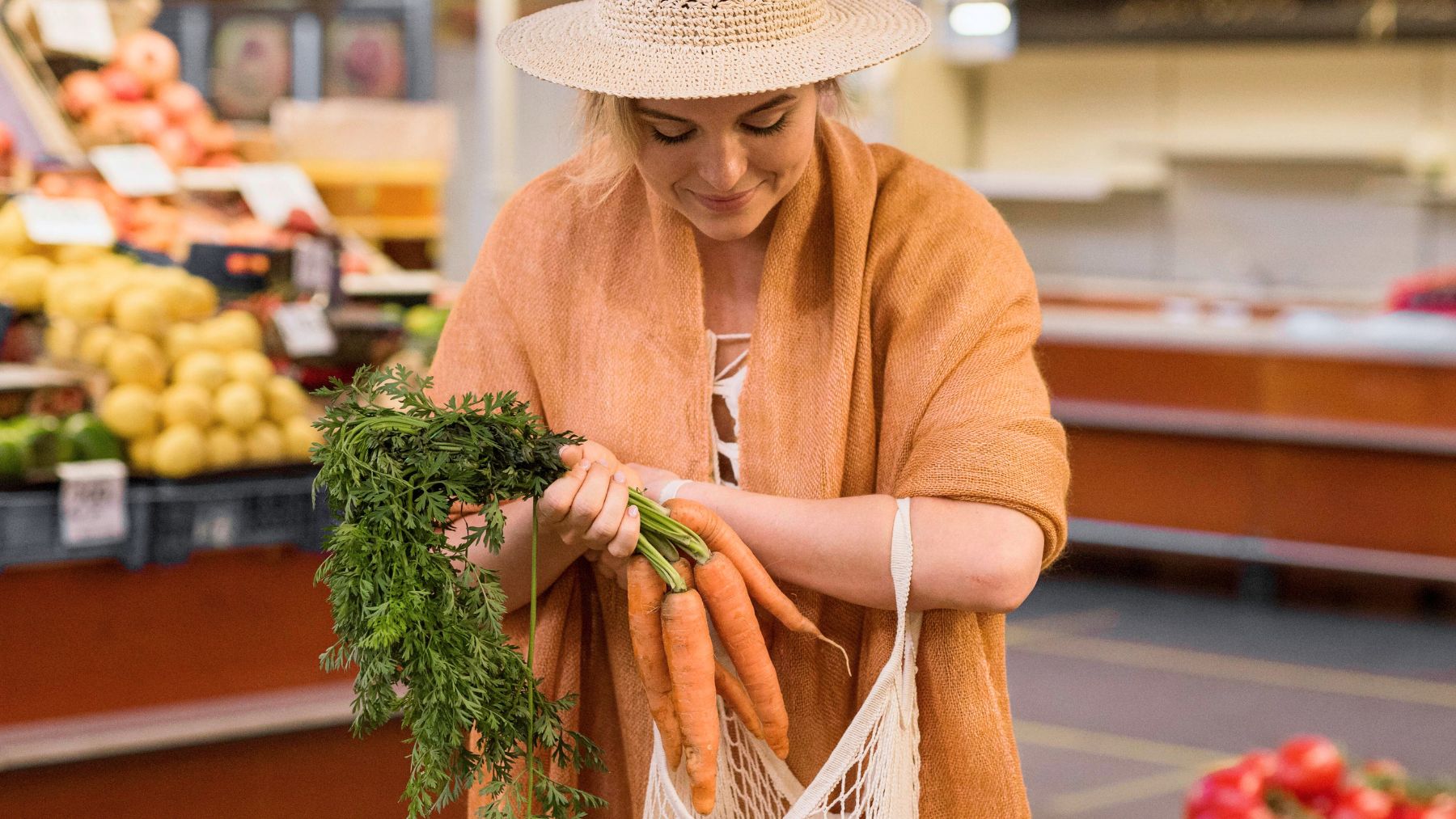The U.S. Department of Agriculture (USDA) has told grocery stores they cannot give special discounts or benefits to Supplemental Nutrition Assistance Program (SNAP) recipients, as the ongoing government shutdown disrupts food aid for millions of Americans.
In a notice posted on its website, the USDA reminded all SNAP-authorized retailers that they must sell eligible items “at the same prices and on the same terms and conditions” to all customers. The agency said stores that offer exclusive discounts or services only to SNAP users would violate federal program rules.
Here, we’ll explain what this means for SNAP shoppers and where things stand with food assistance across the country during the shutdown.
USDA clarifies equal treatment rule for SNAP stores
The USDA’s reminder comes as the federal government shutdown continues to disrupt SNAP funding nationwide. According to the agency’s notice, grocery stores are not allowed to provide discounts or promotions specifically for SNAP customers unless they have an approved waiver. The rule is part of the “equal treatment” requirement that ensures all shoppers are offered the same prices and terms, regardless of how they pay.
The message was sent to retailers over the weekend and confirmed by David Cutler, vice president of the National Grocers Association (NGA), which represents more than 21,000 independent grocery stores nationwide. Cutler said the USDA email restated the federal rule and reminded stores to comply during the shutdown.
An NGA spokesperson said independent grocers remain “committed to serving all customers with fairness and integrity” and are continuing to follow USDA guidance. The group added that grocers understand how vital SNAP is for families who depend on it and will keep working to ensure communities stay fed through this period of uncertainty.
The USDA has not yet issued further comments on the clarification, but the message highlights how federal oversight of the program remains active even as funding disruptions continue.
SNAP funding delays and ongoing shutdown impact
The clarification from the USDA comes at a time when SNAP payments are already facing major challenges. The program, which supports over 40 million Americans, has been caught in the middle of the government shutdown that began on October 1.
On Monday, officials from the Trump administration told a federal judge in Rhode Island that they plan to issue partial November benefits using a $4.65 billion contingency fund. This decision followed court orders from federal judges in Rhode Island and Boston, who ruled that the government must continue funding SNAP during the shutdown.
Even with the contingency funding, the total cost of November benefits is estimated at more than $9 billion. Officials said covering the rest with funds from the Section 32 Child Nutrition Program would be “an unacceptable risk”, arguing those funds are not designed as a backup for SNAP.
The USDA’s actions reflect the delicate balance between enforcing program rules and managing limited funding during the shutdown. While states like Virginia have launched temporary aid programs, most Americans relying on SNAP continue to face uncertainty about their next payment.
For now, grocery stores are being urged to operate as usual—without offering discounts or special treatment to SNAP shoppers. The goal, according to USDA officials, is to keep the system fair and consistent while the federal government works to restore normal operations.
